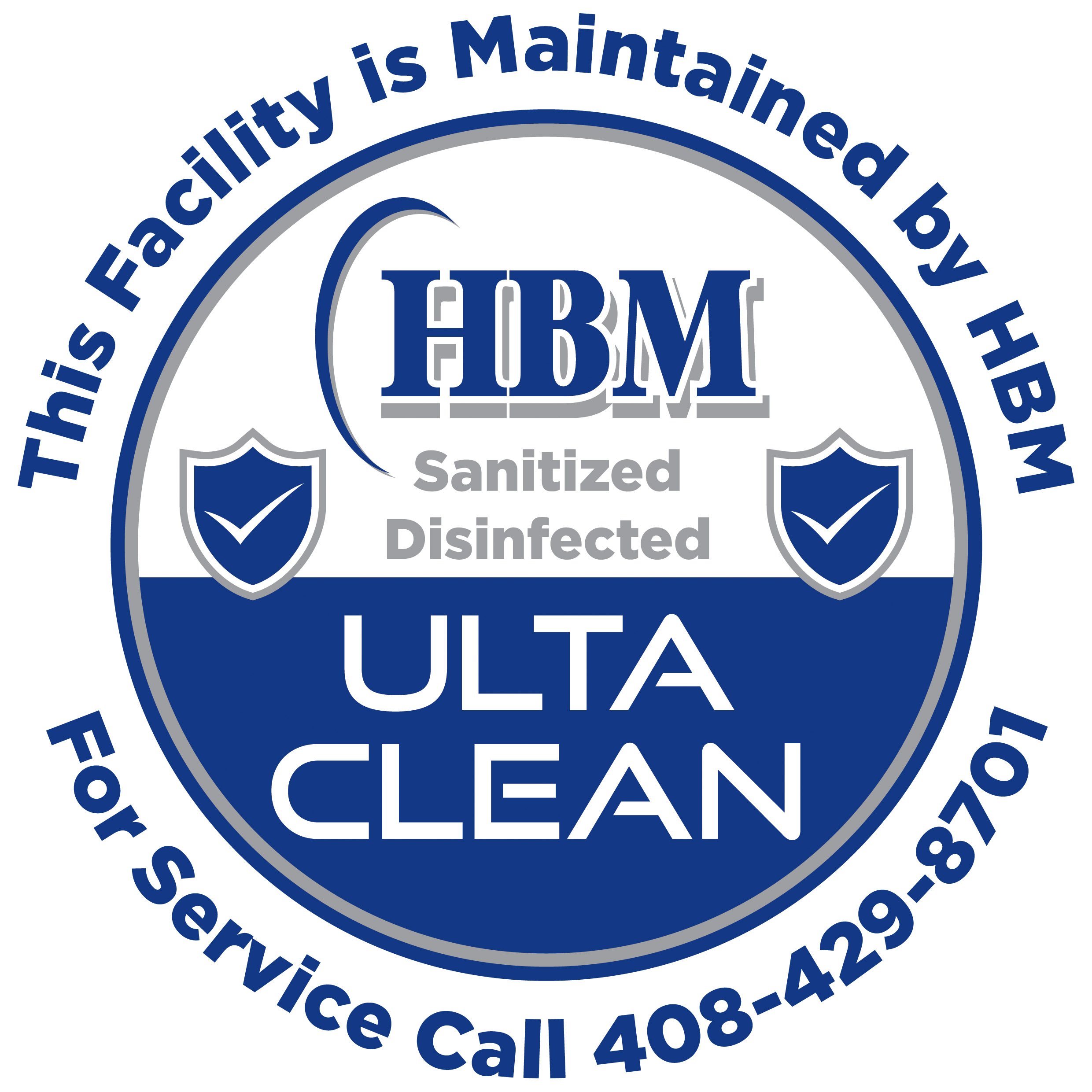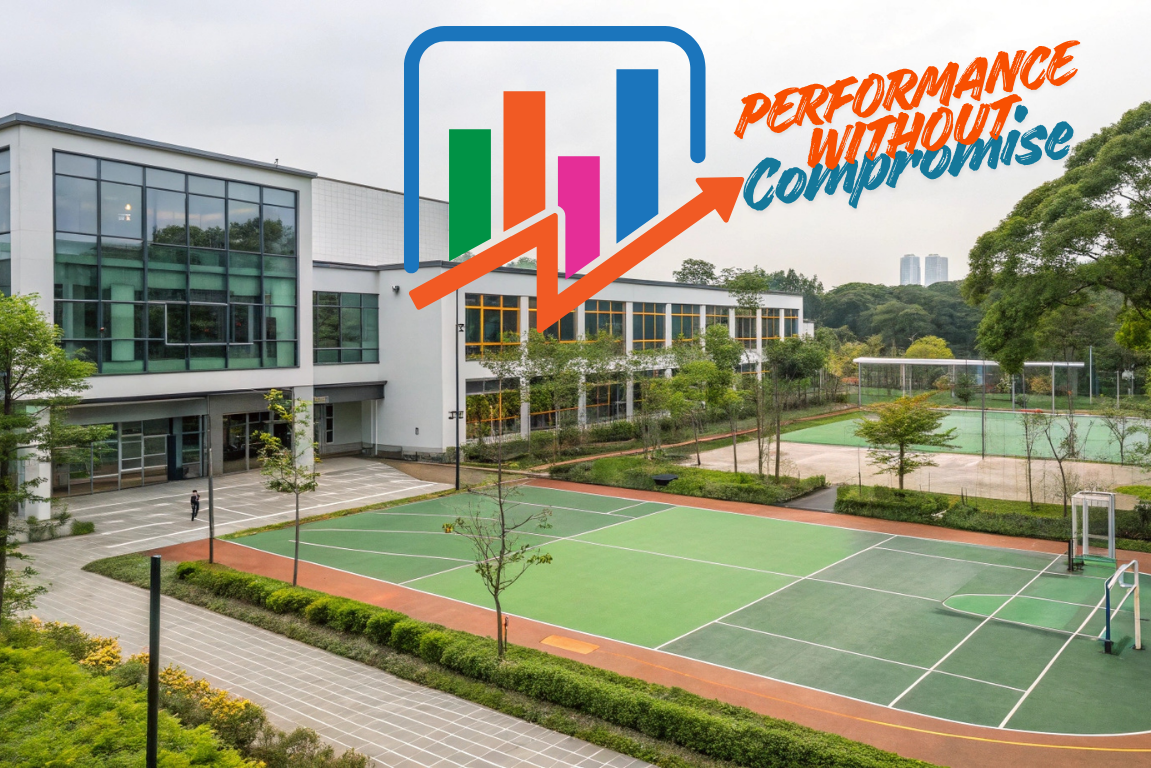Two schools. One mission. Two very different results.
Independent schools across California face constant tension between budget constraints and high expectations. The goal? Deliver a safe, well-maintained, and inspiring campus that supports the academic and social development of students, without overspending or overextending.
But how you choose to staff your facilities team can make or break that goal.
In this post, we share a real-world facilities management case study between two anonymous schools,, School A and School B, both committed to excellence but structured very differently. What unfolded offers a powerful lesson in hybrid vs integrated facilities management and why a fully integrated, self-performing facilities team can drastically change outcomes for leadership, staff, students, or, put simply, the entire school community.
Two Schools, Two Models
School A: Hybrid model, common amongst Independent School
- - Maintains a small internal facilities crew (2–3 team members) managed by the school’s CFO/COO
-
- Janitorial services were contracted out to a third-party vendor.
-
- The school aimed to strike a balance between cost savings and operational oversight.
- Result? Despite strong effort and some early wins, the school struggled to gain traction. Project timelines stretched, school maintenance efficiency lagged, and accountability was difficult to enforce across vendors. Frustration grew not from a lack of effort, but from a lack of cohesion.
-
School B: Full-Crew HBM Model from Day One
- - School B launched with a full-service HBM facilities team: janitors, maintenance, day porters, and team leadership, all under one roof.
- Coverage was aligned to campus needs, including events, PM schedules, and after-hours support.
- Entire team operated using self-performing maintenance for schools best practices - Result? Within the first two months, the team completed multiple deferred maintenance projects, implemented a proactive maintenance system, and established deep trust with school stakeholders. Leadership began receiving unsolicited compliments about campus improvements. The school year launched without a hitch.
The Side-by-Side Comparison
-
Key Area
School A (Partial Crew + Vendor)
School B (Full HBM Team)
Project Execution
Backlogged and delayed
Multiple projects completed within 60 days
PM + System Setup
Struggled to establish momentum
PM schedule and inspections live within first month
Vendor Management
Split accountability; unclear ownership
Single point of accountability through HBM
Campus Relationships
Limited presence = limited buy-in
Full presence = full integration into campus life
Trust with Leadership
Reactive communication
Proactive updates and high visibility
Cultural Fit
Vendor team unfamiliar with school values
HBM team trained in independent school culture
- If some of these challenges feel familiar, you’re in good company.
Many independent schools operate with hybrid staffing models that seem efficient but quietly drain momentum, morale, and resources. The good news? With clarity comes control.
Use our Facilities Self-Audit Toolkit to surface what's working, what’s missing, and what might be costing more than you realize. -
The Hidden Costs of a Partial Model
- At first glance, School A’s model looked like a facilities cost comparison win. But dig deeper, and you find::
- - Burnout: Skilled team members took on extra responsibilities due to vendor gaps.
- Missed opportunities: Without a unified crew, minor fixes escalated into costly issues. - Disconnect: External janitorial staff didn’t understand the school’s culture or communication norms. - Slow trust-building: School staff weren’t sure who to contact or what to expect.
Even though the team at School A performed admirably, they were limited by the system & support around them.The Power of a Full HBM Team
School B’s decision to adopt School B’s decision to adopt integrated facilities management for schools led to:
- - High-trust, full-service facilities teams embedded in school culture
-
- A proactive approach to maintenance, not just reactive repairs
-
- Seamless alignment with leadership goals and communication preferences
-
- Scalability through centralized systems like CMMS and inspection plans
The benefits of self-performing facilities teams go beyond the scope of job titles. They build cohesion, elevate professionalism, and create reliability.
What School Leaders Are Really Buying: Confidence
-
The biggest difference between the two models wasn’t just maintenance checklists or completed projects. It was confidence.
-
At School B, leadership quickly felt at ease knowing their facilities team could flex with needs, communicate clearly, and execute without being micromanaged. Faculty had fewer complaints. Students noticed cleaner bathrooms. Events went off without a hitch.
-
At School A, meanwhile, there was always a question: “Who owns this?” “Has that been scheduled?” “Did that work order get done?” And those questions take time away from the real work of education.
Don’t Wait for the Gaps to Grow
Many schools think they can “scale up later.” But every week spent with a misaligned team costs more than just money, it costs momentum, morale, and mission alignment.
-
If you’re unsure whether your current staffing model is serving your school’s goals, ask:
-
- Is your team reactive or proactive?
-
- Do you have clear visibility into maintenance workflows?
-
- Are facilities team members known, trusted, and aligned with your school’s culture?
-
- Are you still relying on outside vendors for tasks your team could own in-house?
Schools that pause to assess these areas today avoid tomorrow’s hidden costs and gain a facilities program that strengthens their mission instead of straining it.
-
See What a Full-Crew Model Can Unlock
-
At HBM, we help California’s independent schools move beyond the “lowest bid” mindset building high-trust, high-output teams that integrate seamlessly into campus life, reduce outside spend, and restore peace of mind for school leaders.
Curious what a full-crew model could unlock for your campus?
Schedule a no-pressure, 30-minute strategy session and walk away with a custom coverage roadmap, whether you partner with us or not.
-
Staffing is just the surface; what lies beneath is sustainability.
A full-crew model isn’t simply about getting more done; it’s about doing the right things, with the right people, at the right time. It’s how good schools evolve into great ones; and how great schools stay mission-ready, year after year.
If you're ready to move from reactive to resilient, start by assessing where you are today. Our Facilities Self-Audit Toolkit offers a clear, actionable way to uncover gaps, align your team, and strengthen your campus operations — one decision at a time.
-

.png?width=650&height=650&name=Integrated%20Facilties%20Team%20(1).png)
-1.png)

.jpg)



